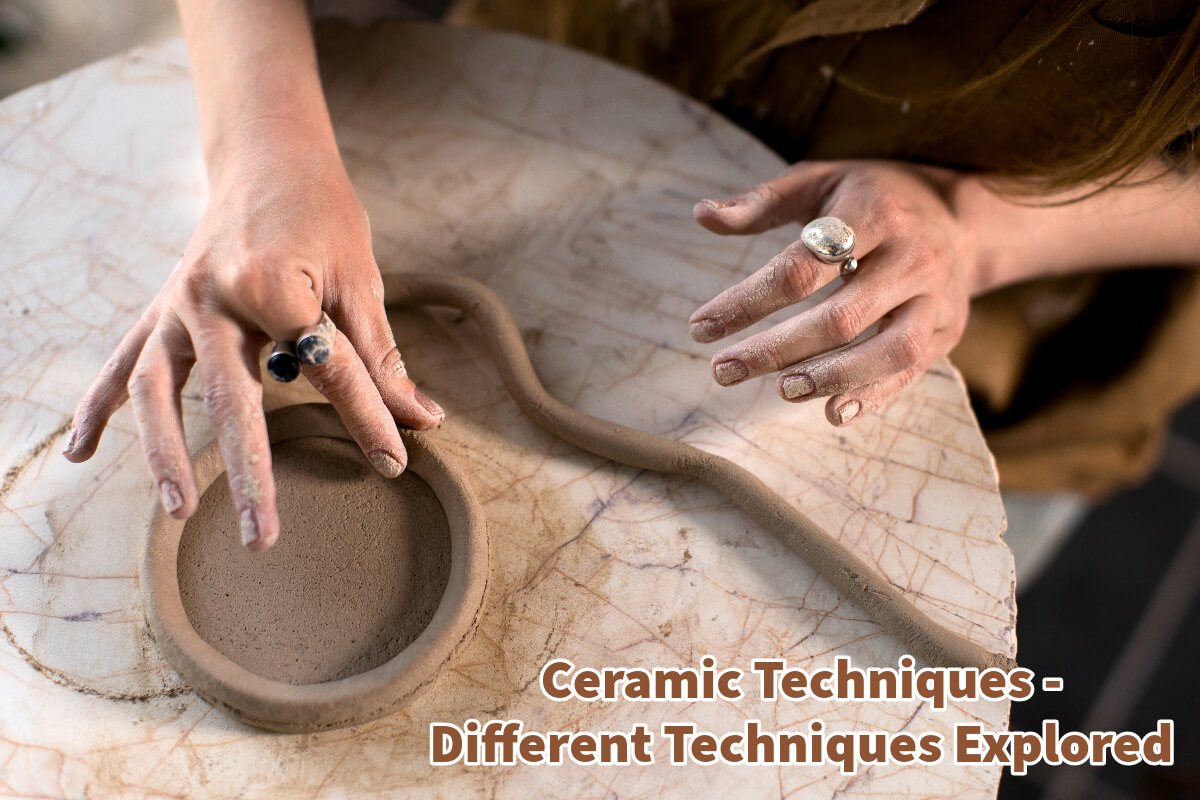The realm of ceramics is both expansive and captivating, covering an array of methods and procedures for crafting objects from nonmetallic, inorganic substances like clay.
Whether new to this time-honored art form or an accomplished artist seeking fresh ideas, grasping these varied techniques can provide invaluable perspective. Read on as we explore a selection of techniques integral to ceramics, shedding light on their importance, practical uses, and the distinct characteristics they contribute to the finished work.
Table of Contents
- The Art And Craft Of Ceramics: Exploring Diverse Techniques
- Frequently Asked Questions
- Related Content
The Art And Craft Of Ceramics: Exploring Diverse Techniques
Ceramics is a broad and fascinating field that encompasses a range of techniques and processes for making objects out of nonmetallic, inorganic materials such as clay. Whether you’re a beginner wanting to try this ancient craft or an experienced artist looking for inspiration, understanding these techniques can offer valuable insights.
We will delve into various techniques used to create ceramics, highlighting their significance, applications, and the unique properties they bring to the final product.
Slip Casting
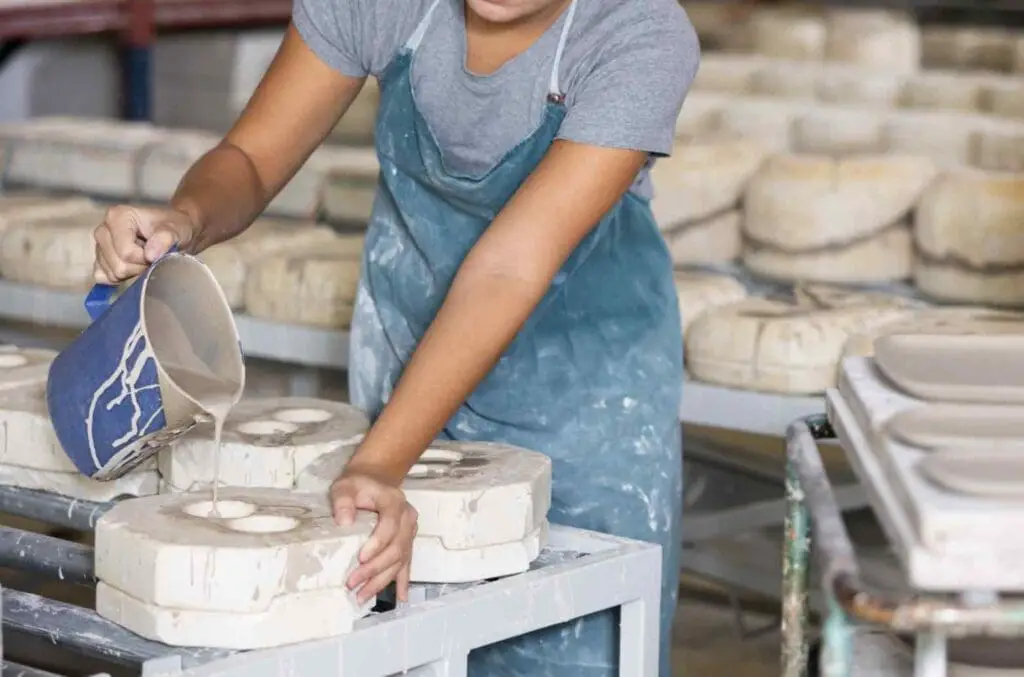
Factories often use slip casting to mass-produce ceramics, especially for shapes that are intricate and hard to create using a potter’s wheel. The process involves creating a liquid “slip” from clay and pouring it into a porous mold.
The mold absorbs water from the slip, leaving behind a solid clay form that can be easily removed, trimmed, and fired.
Importance
This method is essential for producing complex shapes in large quantities, such as intricate vases, porcelain figurines, and sanitary ware like sinks and toilets. The cost-effectiveness and ability to maintain uniformity in mass production make this technique a cornerstone in industrial ceramic production.
Sgraffito
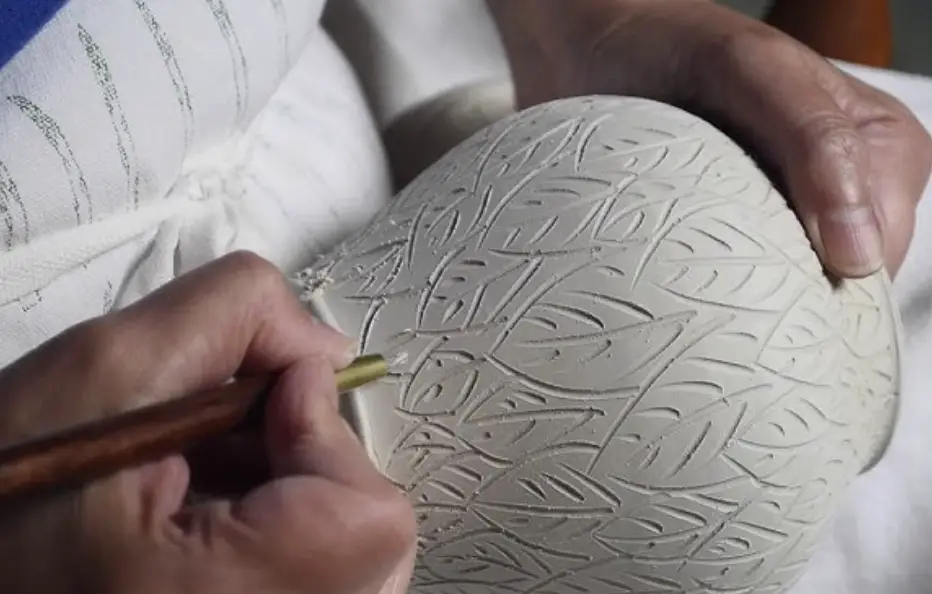
Sgraffito is an artistic technique rather than a forming process. It involves applying layers of colored slip or underglaze onto a clay object and then scratching or carving away parts of the surface layer to reveal the clay or a different colored layer beneath.
Importance
Sgraffito is cherished for its ability to add intricate, handcrafted designs to ceramics. Whether for geometric patterns, text, or figurative art, the technique brings a depth of texture and color that can make a piece truly unique.
Slip Trailing
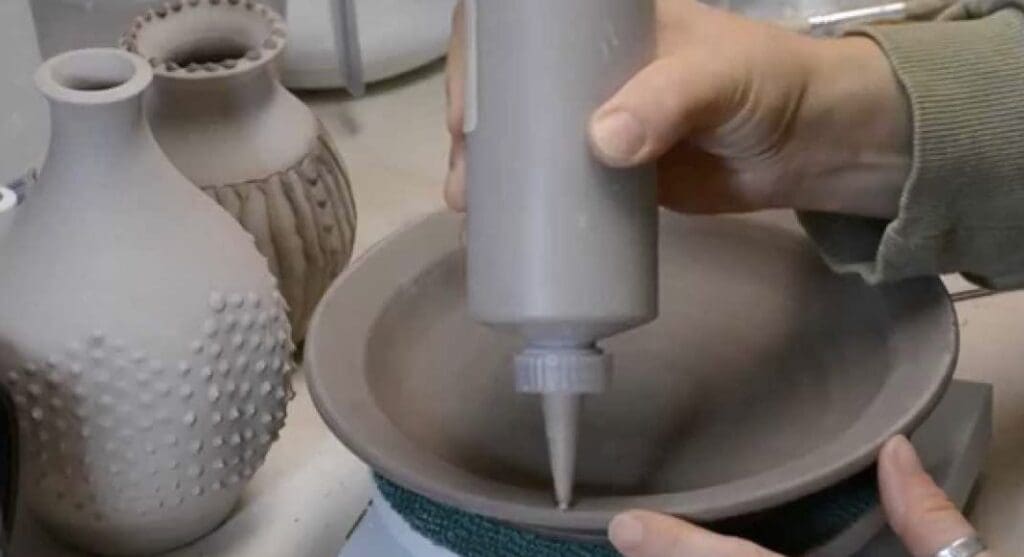
In slip trailing, liquid slip is applied to the surface of leather-hard clay using a squeeze bottle, a brush, or other tools. This creates raised decorative lines or shapes on the piece.
Importance
Slip trailing offers a simple but effective way to add textural contrast and decorative elements to a ceramic piece. It is often combined with other techniques like wheel throwing or hand building to add final touches that can elevate the aesthetic appeal of the piece.
Wheel Throwing
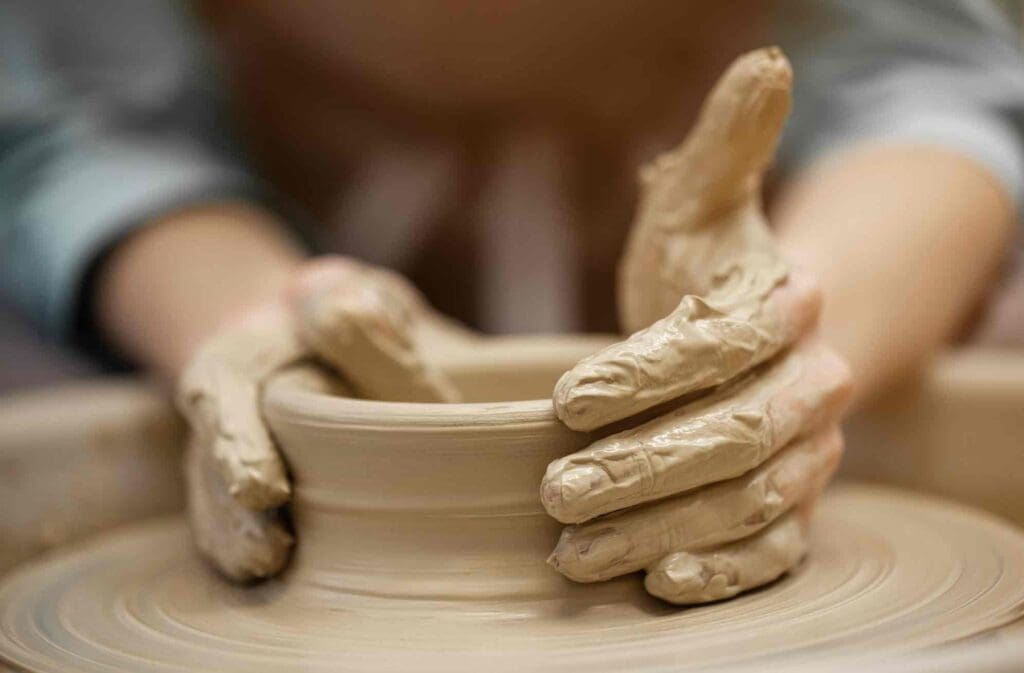
Wheel throwing is perhaps what most people think of when they hear “pottery.” The technique involves throwing a ball of clay onto a spinning wheel. Using their hands and a little water, the potter shapes the clay as it spins, controlling the wall thickness, form, and height.
Importance
Wheel throwing allows for rapid and symmetrical pottery forms. It’s ideal for creating valuable objects like bowls, plates, and cups. Mastery of this technique can also lead to incredibly intricate and artistic pieces, showcasing skill and artistry that is highly respected in ceramics.
Hand Building
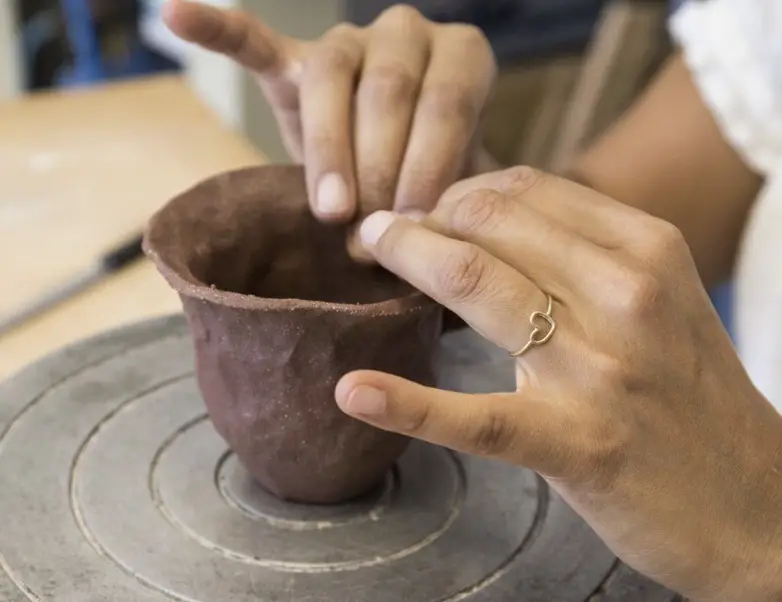
Hand building is the oldest method of making ceramics and can be done without specialized tools. Techniques within this category include pinch pottery, coil building, and slab building.
Importance
Hand-building techniques are fundamental to ceramic art and craft. They are often taught to beginners to develop an understanding of clay’s properties. These methods, such as sculptural pieces, are also essential for creating shapes and forms that are challenging to make on a wheel.
Pinching
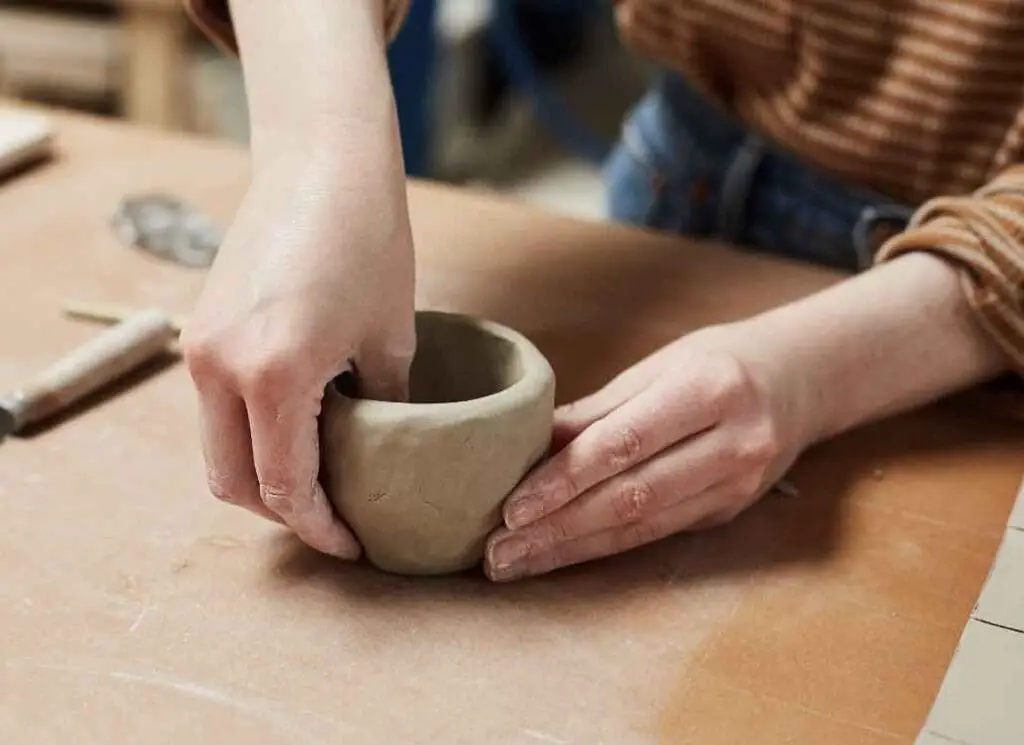
In pinch pottery, a ball of clay is shaped by pinching it between the thumb and fingers. This method is most commonly used to make simple pots and bowls.
Importance
Pinching is perhaps the most straightforward and intuitive way to shape clay. It’s an excellent way for beginners to get a feel for the material and understand its properties. The direct hand-to-clay contact also imbues the piece with a personal touch that machines and tools cannot replicate.
Slab Construction
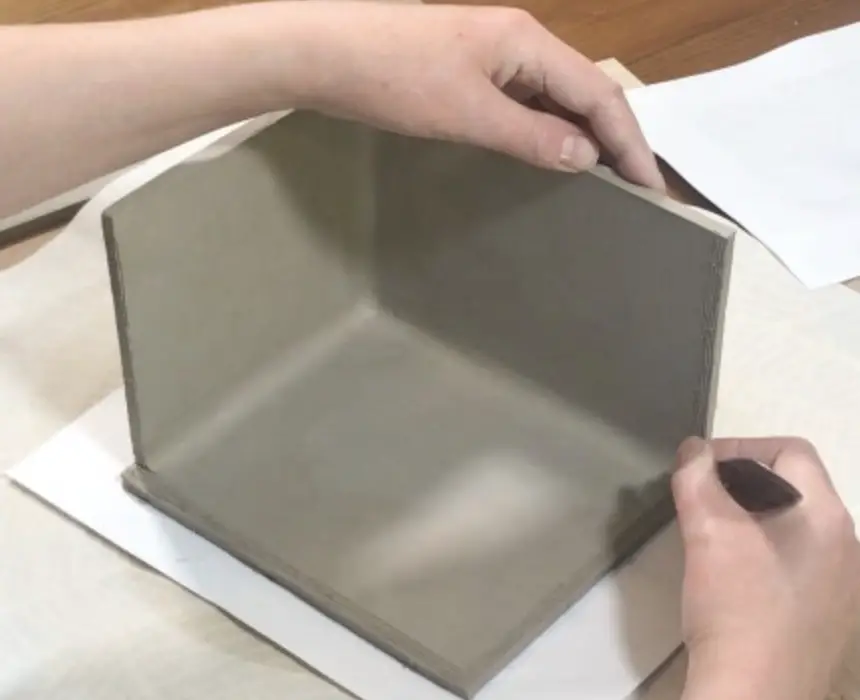
In slab construction, clay is rolled or pounded into flat sheets, cut, and assembled into forms. This technique allows for the creation of geometric shapes and sharp angles.
Importance
Slab construction is vital for architectural ceramics, like tiles and bricks, and is also commonly used in sculptural works. Its significance lies in the ability to create forms that are difficult to achieve through other techniques.
Coil Construction
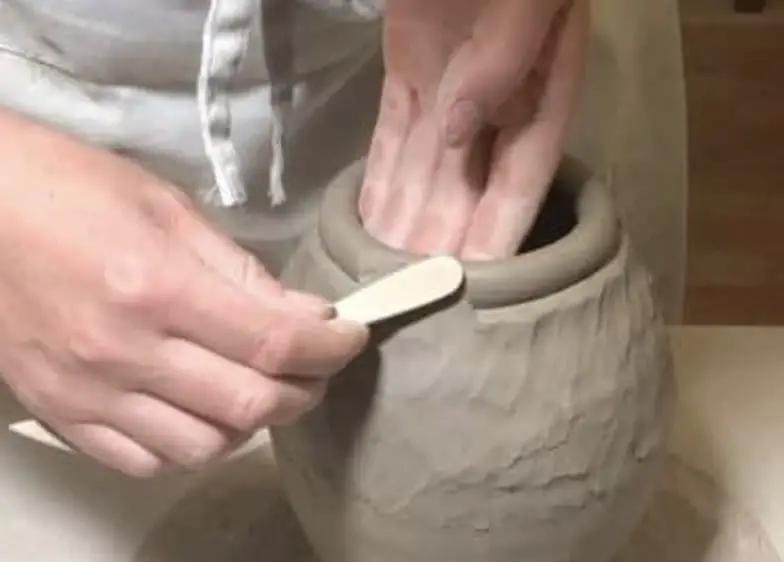
This technique involves rolling out clay coils and layering them on each other. The coils are then smoothed out to create the walls of a vessel or sculpture.
Importance
Coil construction allows for the creation of large, structurally sound pieces. The method is often used in traditional pottery and is well-suited for making tall vases and other vertically oriented forms.
These varieties of ceramic techniques available in ceramics offer artists and craftspeople a rich palette of options for expression, both in form and decoration. Each method has unique strengths, applications, and aesthetic possibilities, making ceramics a dynamic and ever-evolving art form.
Whether aiming for industrial precision with slip casting, intricate artistry through sgraffito, or the rugged, hands-on feel of hand-built pieces, understanding these techniques can open new avenues for creativity and innovation.
We would love to talk to you if you want to see how we can help you with any of your ceramic production.
Find out more about how Mondoro can help you create, develop, and manufacture excellent home decor and furniture products – don’t hesitate to contact me, Anita. Check out my email by clicking here or become a part of our community and join our newsletter by clicking here.
Mondoro gives out a FREE Lookbook to anyone interested. You can receive a copy of our latest Lookbook by clicking here.
Listen to our Podcast called Global Trade Gal. You can find it on all major podcast platforms. Try out listening to one of our podcasts by clicking here.
Subscribe to our Mondoro Company Limited YouTube Channel with great videos and information by clicking here.
Frequently Asked Questions
What are the fundamental techniques in ceramic art?
Ceramic art encompasses several foundational techniques, including pinching, coiling, and slab building. These methods form the basis for creating diverse forms and structures from clay.
How does pinching contribute to ceramic art?
Pinching involves shaping clay by hand, using the thumb and fingers to mold the material into various forms. This ancient technique provides artists with a direct and intimate connection to their creations.
What is the significance of coiling in ceramics?
Coiling involves creating forms by layering coils or ropes of clay. This method allows for the construction of larger vessels and sculptures, enabling artists to explore both size and structure in their work.
Can you explain the process of slab building in ceramics?
Slab building involves rolling out flat sheets of clay and then cutting and assembling them to construct forms. This technique offers precision and control, making it suitable for creating functional objects like plates and tiles.
How does the wheel-throwing technique influence ceramic design?
Wheel throwing involves shaping clay on a potter’s wheel, allowing for the creation of symmetrical and finely detailed vessels. This technique is often used for producing functional items such as bowls, cups, and vases.
What role does carving play in ceramic decoration?
Carving is a decorative technique where artists remove clay from the surface to create intricate patterns or textures. This method adds visual interest and complexity to the finished piece.
How do artists utilize slip casting in ceramics?
Slip casting involves pouring liquid clay (slip) into molds to create intricate and detailed shapes. This technique is particularly useful for producing multiples of the same form with consistent precision.
What is the significance of underglaze and overglaze techniques in ceramics?
Underglaze and overglaze techniques involve applying pigments or glazes either beneath or on top of the final firing. These methods allow artists to add color, texture, and visual depth to their ceramic creations.
How does Raku firing differ from traditional ceramic firing methods?
Raku firing is a unique and ancient Japanese technique that involves rapidly firing and cooling the pottery. This process produces distinctive and unpredictable glaze effects, resulting in one-of-a-kind pieces.
How can artists experiment with alternative firing techniques in ceramics?
Beyond conventional methods, artists often explore alternative firing techniques like pit firing, saggar firing, or smoke firing. These approaches offer opportunities for experimentation and can result in unconventional surface finishes and textures.
Related Content
Unleashing Creativity: Unique Uses Of Ceramics In Home Decor
We often associate ceramics with household items like vases, bowls, and lamps. However, a world of creative possibilities is waiting to be explored beyond these traditional uses. Read on as we explore exciting and unique ways to incorporate ceramics into your home decor.
You can discover more by reading Unleashing Creativity: Unique Uses Of Ceramics In Home Decor by clicking here.
Comparing Composite Resins And Ceramics: Key Differences And Applications
Composite resins and ceramics are extensively used in various industries due to their unique properties and advantages. While composite resins are cost-effective and flexible, ceramics are characterized by their toughness and heat resistance. This article explores their properties, differences, and applications in more depth.
You can discover more by reading our blog, Comparing Composite Resins And Ceramics: Key Differences And Applications, by clicking here.
Can You Glaze Pottery Without A Kiln?
Glazed pottery, stoneware, ceramics, and porcelain must be fired at high temperatures. You need to have a kiln to fire them at these high temperatures. There are several kilns, but the main kilns are electrical kilns, fuel-burning kilns, and gas kilns.
You can find out more by reading our blog, Can You Glaze Pottery Without A Kiln? by clicking here.

